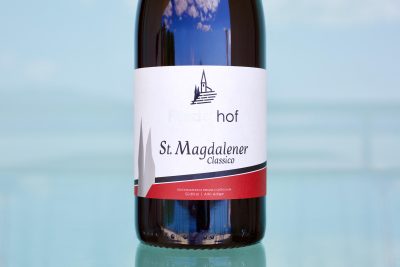FLETCHER … BARBARESCO?
The name Fletcher doesn’t exactly evoke thoughts of classically styled Barbaresco, nor does it bring to mind anything even remotely Italian. However, if tasted without the label in view, there’s not a chance anyone would guess it was the handiwork of a young Aussie. In fact, it wouldn’t be a stretch if thought to have been crafted by a seventy-something winegrower in the twilight of her or his career, with an interpretation learned from decades of noise and experimentation, evolving into beauty, balance and a timeless, gentle melody.
David Fletcher’s story is something out of cinema, where the decision is made to leave it all behind and follow the dream—to Italy, of course. At twelve years old, Dave was expected to follow in the footsteps of his father’s engineering career. But he was sidetracked when he grew enamored with the mystery and reverence toward the wines on the family dinner table from nearby wine appellations in Australia, as well as those from around the world.
Not all roads lead to Rome, or Burgundy…
His first love, and for many the holy grail of the wine world, Pinot Noir, became Dave’s vinous guide. After completing a four-year enology degree at Adelaide University, his first stop was Burgundy, the motherland of Pinot Noir, where he found a seasonal job with an obscure producer in the Côte Chalonnaise. He returned Down Under to take an assistant winemaker gig at a winery in the Yarra Valley that specialized in Pinot Noir and Chardonnay. Then, while attending a master class run by some Italian wine importers an Italian beauty walked into Dave’s life and changed everything. Enter Nebbiolo.
Many feel the wine road inevitably leads to Burgundy, and it does, more often than not, but for some, the final stop is the Langhe hills of Piemonte. Led by Nebbiolo, the torchbearer of quality if in the hands of a master with a special terroir can deliver a transcendent experience as high as any to be found in food and wine. During a conversation Dave memorably said, “it wasn’t enough for me to stay in Australia, …and I discovered Nebbiolo.” The calling was too strong and the choice was made. In 2007, Dave left for the Langhe where he landed a harvest gig at Ceretto, one of Barbaresco’s most recognized producers. After a few years of contemplation and time in the region, he was “convinced that this was his place.”
Through ideas both progressive and respectful of the region’s wine traditions, coupled with the quality of his work, Dave earned a position as the right hand man of the young, newly-appointed visionary for the family cantina, Alessandro Ceretto. Today, Dave is the principal head of red wine production at Ceretto, while burning the midnight oil to make his own.
A prospecting foreigner entering Italy’s Langhe (much less Barbaresco) makes for a tough entrance, especially for a young, sharp, worldly Aussie. It’s a land as deeply Italian as any other, with a wildly successful, hard-earned heritage built from near absolute poverty post World War II by the blood and toil of many of its luminaries who still stand today. With deep respect and reverence for its history, Dave managed to weave himself into the fabric of this land and its people, not only with his wine project, but with his two young girls born on Italian soil.
Through a bit of luck, opportunity and vision, Dave and his Australian wife, Eleanor, managed to buy Barbaresco’s abandoned rail station, a wonderful historic building they brought back to life and turned into their cantina and home; and it may be the coolest cantina in all of Piemonte. It’s here that the cinematic feeling of Dave’s Italian dream really springs to life. It sits at the base of the famous Barbaresco vineyards, with Asili and Martinenga visible through the front windows, and surrounded on all sides by other giants of Barbaresco lore. At night the former rail station is dimly illuminated and welcoming, and the approach feels like a walk back in time.
Respecting Nebbiolo
Dave’s philosophy and practice with Nebbiolo is to simply have as little impact as possible once the grapes are picked and sorted. He’s in search of the full display of the talent in each vineyard by focusing on clarity and grace while building on the unmistakable nuances unique to Piemonte. It seems like common sense that when one has a magnificent site and belief in their vineyard work, there is nothing to do in the cellar but to guide the grapes to best speak their truth. This approach is not a revelation in other areas, but in this part of the world it can be, especially with his practice of organic farming and “infusion” style fermentations, an atypical approach to Nebbiolo where almost no forceful movements of the wine are made throughout the vinification process.
Nebbiolo lacks color because it’s skin is naturally low in anthocyanin, and an unadulterated grape must of pure Nebbiolo will never naturally render a wine with a deep, dark color by comparison to the other noble grapes that produce the world’s most notable wines. Dave views this specific varietal characteristic as a strength, not a deficiency in need of compensation to make up for it. The natural (or spontaneous, if you prefer) fermentations are lightly extracted only as much as every other day with a gentle pigeage by hand, and are finally pressed only at the completion of the primary fermentation after all the sugars are fermented dry. All of his Nebbiolo wines—Nebbiolo d’Alba, Barbaresco (a mix of Roncaglie and a parcel of Starderi separate from the one used for his Starderi bottling) and Barbaresco Starderi—are all made exactly the same, save the length of time in the cellar before bottling; the Nebbiolo d’Alba is aged for fourteen to sixteen months, while the Barbarescos stay in barrel for just over two years.
Sulfites are used sparingly and are first added after the malolactic fermentation, giving the wines more time to find harmony before the jarring, straightening effect of the first sulfur hit. The preferred size of barrel is 300 liters with an average of ten years. This smaller size by comparison to the more traditionally used Italian botte enables Dave to keep small lots from the same vineyard separate to better understand what adjustments could be beneficial in each spot of the vineyards and through the winemaking processes. The results are fabulously elegant wines, seemingly uncompromised in aging capacity despite their gentle handling. Impeccable balance and lift are the hallmarks of Dave’s finely-etched and subtly-intense Nebbiolo wines.
Then there’s the flip side…
You can take the Aussie out of Australia, but… After a strict traditional approach (save the extreme gentle handling) with the Nebbiolo, Dave sees the other grapes in the region as fair play for experimentation. His Barbera is a contemporary of modern, natural Beaujolais wine made with more than a third of its whole clusters and with very little extraction during a semi-carbonic fermentation. Its delicious and a thoughtful use of this high acid grape that could use a different face or at least a makeover, on occasion.
Chardonnay is part of the range too, grown on limestone (and quite compelling for a Chardonnay from these parts) and, without grabbing the all-too-often comparison, it does in fact easily fall within the Burgundy-esque camp, not just in style, but in x-factor exemplified by the inexplicable touch limestone terroirs impart on their wines. He even has an orange wine (white grapes made like a red wine) that’s superb. It’s delicious and a cleverly balanced blend of grapes—the relatively neutral Arneis fully destemmed and a smidge of the notoriously flamboyant Moscato with all its stems in the mix.
As it is with famous wine regions like Burgundy, Bordeaux and Champagne, there is extensive documentation and an ever-growing supply of books that cover in great detail Piemonte, the Langhe and Barbaresco, home base for the Fletchers. It would seem silly to write an exhaustive piece on the subject when there is so much out there that is far more researched and thorough than what I am able to provide in my snapshot of this region.
For what it’s worth, the mother load of all books on the Barolo and Barbaresco would be the extraordinarily exhaustive work of Alessandro Masnaghetti, with his books and maps. They’re a must for anyone with a hankering for in-depth terroir studies, and one of the new standard-bearers for technical writing on wine and terroir. And you can learn a little Italian along the way, because the books are printed in dual language, side-by-side on each page. Bravo Masnaghetti!
Piemonte abuts the French border to the west and the Swiss border to the north. From the Middle Ages the Savoy (originating in France from the central eastern and southern areas) were a strong influence on and even ruled in Piemonte for centuries, as well as in France, where today one of its eastern departments bordering Italy is known as the Savoie. Perhaps the most obvious remnant of the Savoy—to include something not focused solely on food and wine—is the Piemontese dialect, their local, historic language strongly related to French in vocabulary and accent. As an ongoing student of the French language, I understand Piemontese better than Italian, despite having lived Italy.
In the Langhe hills everything epicurean continues its refinement while firmly respectful of the past—they don’t rework dishes that are already perfect, like my embarrassing obsession with Vitello Tonnato, a dish of slowly cooked veal, thinly sliced and served cold with a simple sauce made from ground tuna, anchovy, capers, oil and lemon. It’s easy to find a very good meal (and delicious vitello tonnato) in almost every small village, with solid to world-class wine abounding around every twist and turn of the steep hills above arresting views of the expanse picturesque vineyard land below.
The Winery and Vineyards
Dave Fletcher’s winery and focus are in Barbaresco, one of the epicenters in the Langhe for Nebbiolo the other is, of course, Barolo, the much larger region of the two. There are other well-known varieties here, like Dolcetto and Barbera, but both are subordinate to Nebbiolo, and most often, but not always, take expositions on these limestone hills where Nebbiolo is not favorable—basically all the northern exposures. Save a few large producers in the region, Barbaresco has more small estates than Barolo and notably more biodiversity in and around much of its vineyard land. It feels wilder and somehow further back in time than its more famous neighbor to the south.
Dave’s two Barbaresco sites are Starderi and Roncaglie—at least for now. Both are on calcium rich soils largely without much of a solid bedrock, which is typical of the Langhe hills. Barbaresco and Barolo are basically composed of a stratified layer cake with of different structures depending on the site, with marls, sandstones and conglomerates, and with soil grains that vary between sand and clay with little to no stony elements, though this all depends on each site, of course. Some areas are richer in calcium carbonate (limestone), while others less so. In general, it’s a mix of marine life sedimentation put in place by a sea some millions of years ago in what is now called the Ligurian-Piemontese basin. The alpine orogeny (mountain building event) began to uplift the bottom of the former sea floor, leaving what are today’s Langhe hills.
Since these hills first began to rise from the bottom of the basin millions of years ago, substantial portions of soil has eroded away. This resulted in a series of meandering valleys with a mixture of steep to moderately steep slopes, depending on the underlying geological formation of whether they were easier to erode (the steeper ones) or less so (the more gradual ones, however still steep when compared to many other wine regions). Largely this resulted in the formation of hills without much flat land at their apex, making for long villages that follow ridge lines.
Through the lack of consistently hard bedrock, erosion continues to be a challenge for much of the region. As a consequence, plowing is rare, if utilized at all, because any rain that would follow would quickly bring the loose soil into the valley floor below. Because they don’t plow their soils, the Langhe is in some way a model for ecological farming with less impact on the environment—aside from the constant use of tractors to spray copper and sulfur to work against the constantly high mildew pressure, as well as the all-too-common use of herbicide as the solution to manage grasses and weeds. In Fletcher’s vineyards, there are no herbicides. Unfortunately, as all growers in the area whether organic, biodynamic or not, are obliged by Italian law to use twice per year the pesticide, Piretro, against Flavascenza—a vine disease carried by a leafhopper. Despite that, Dave continues to convince the growers he works with to convert their land to organic culture, with which he is finding many successes. -TV

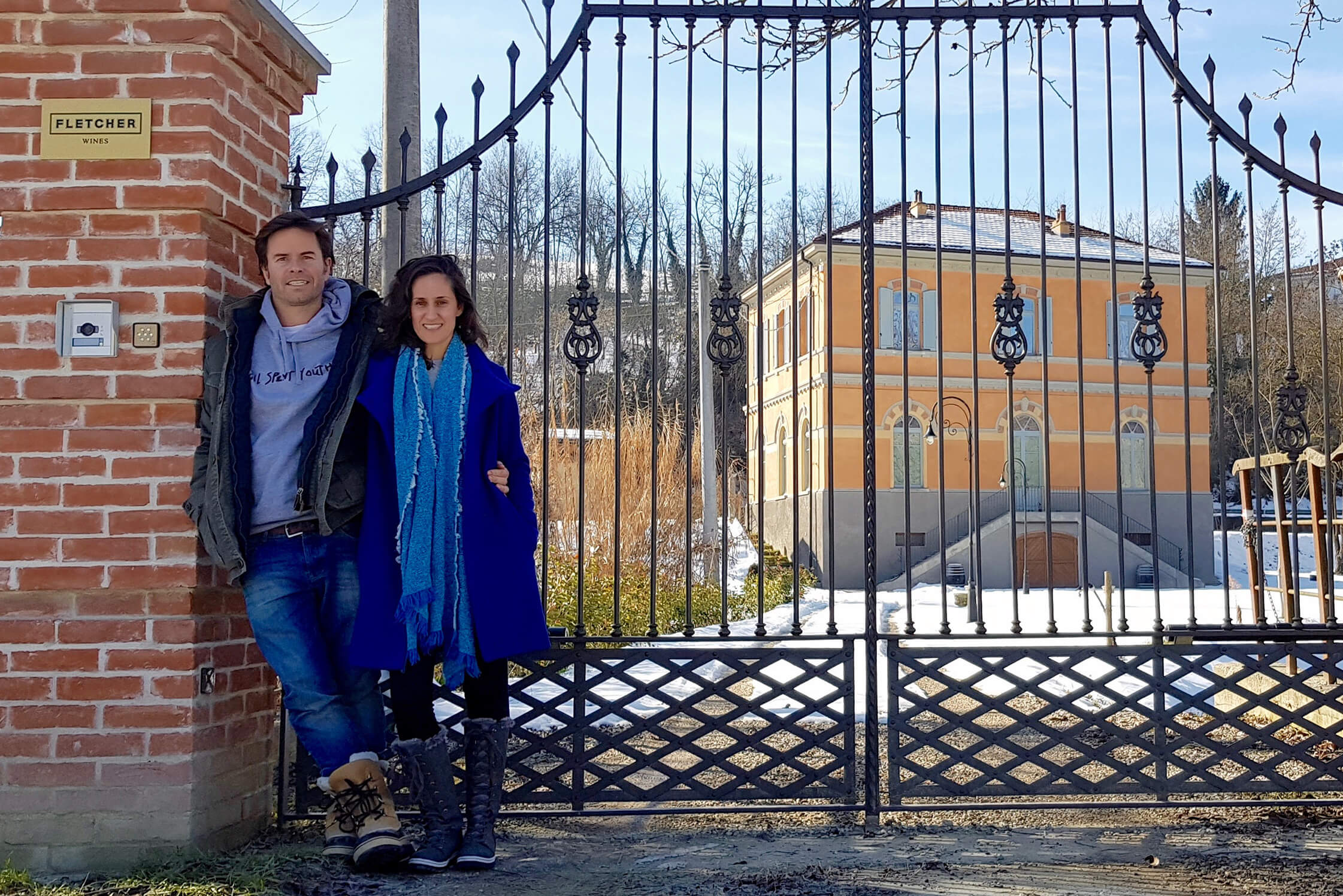

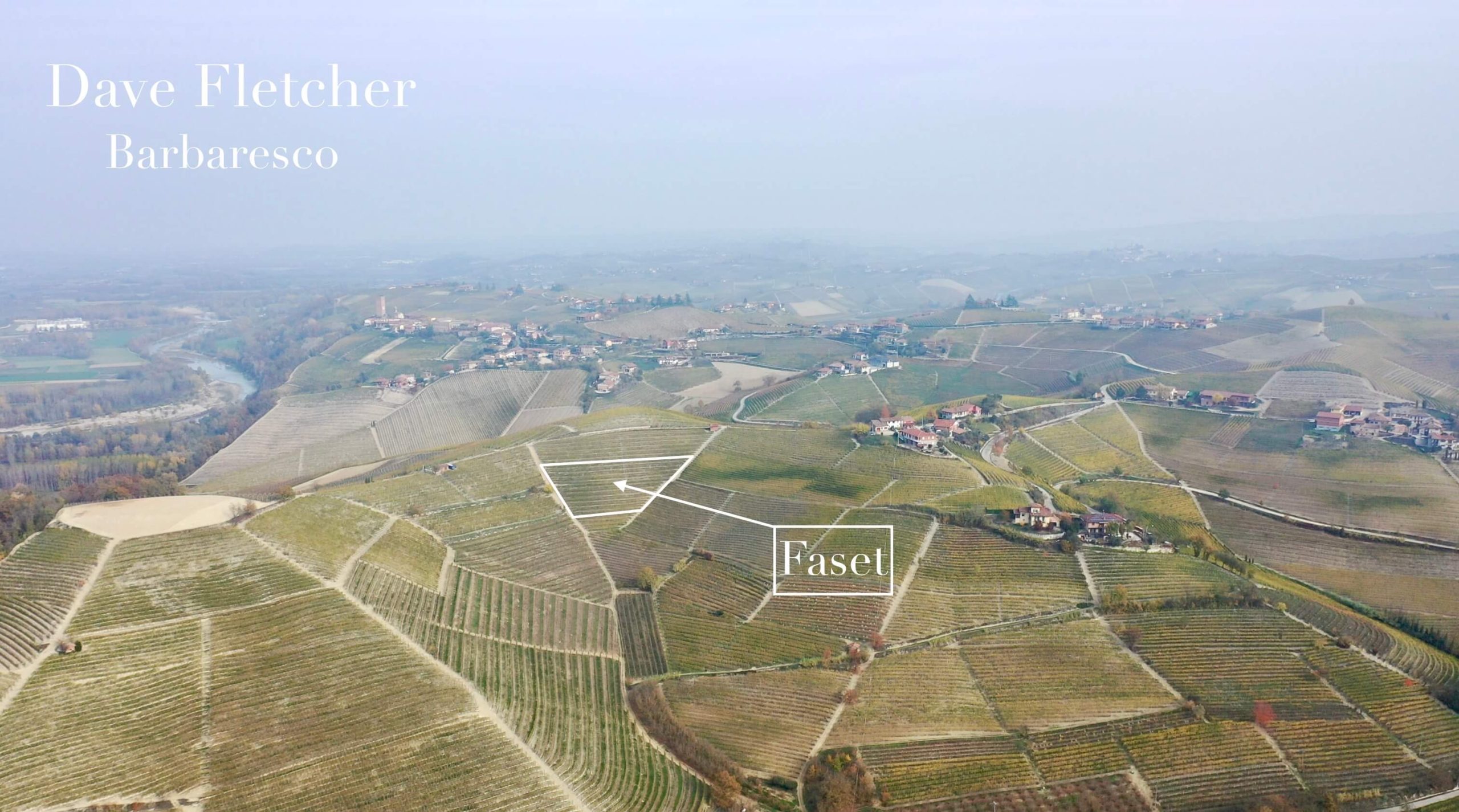
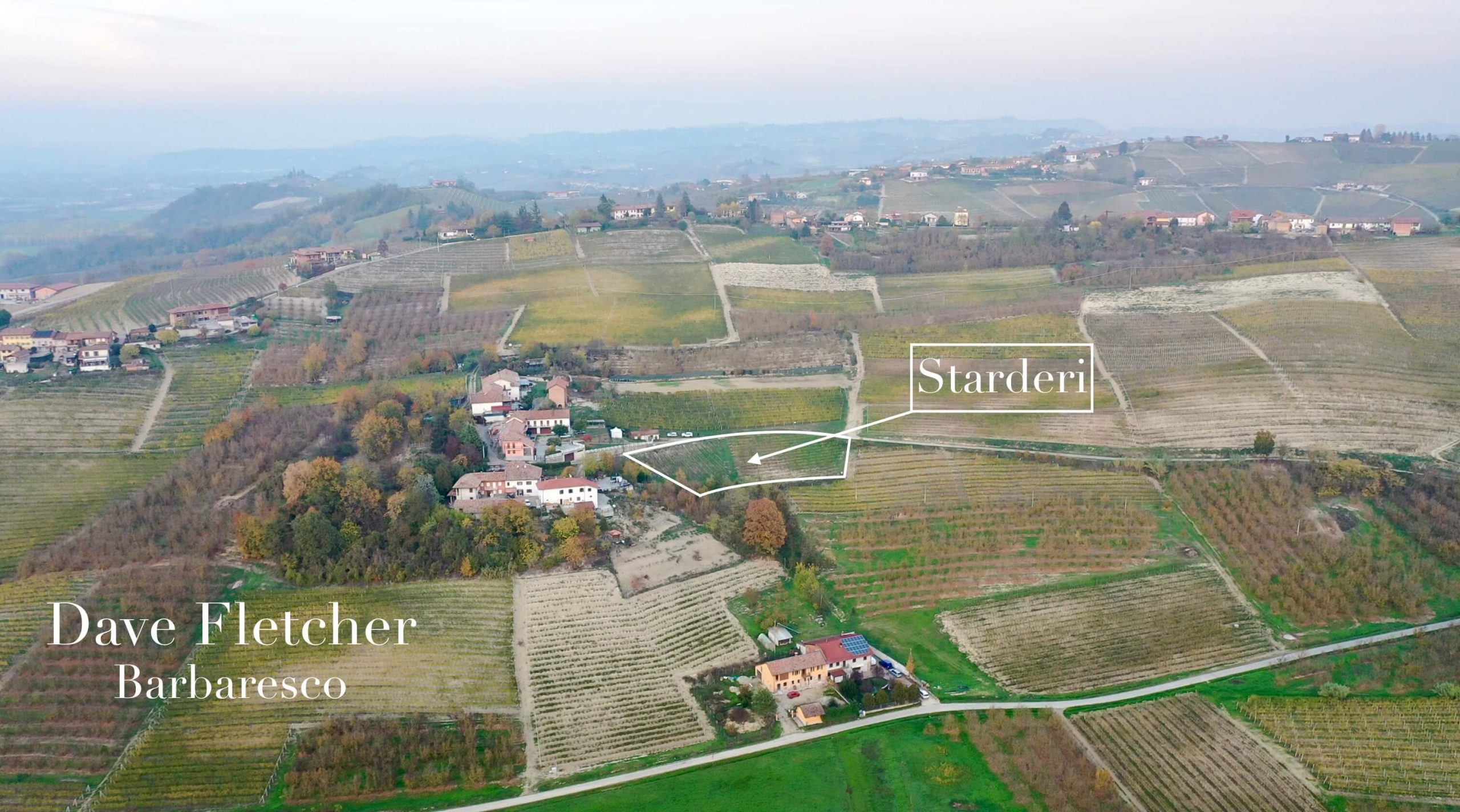
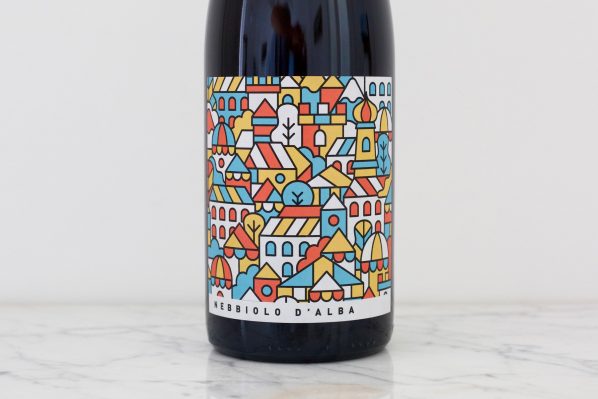

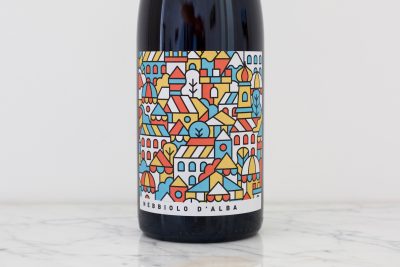

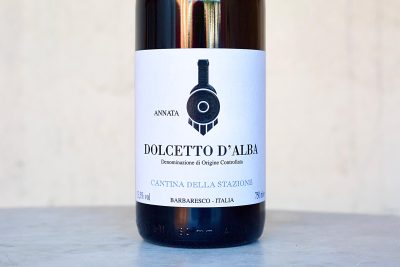
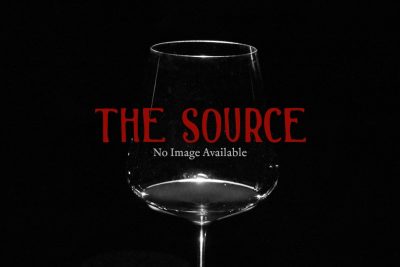
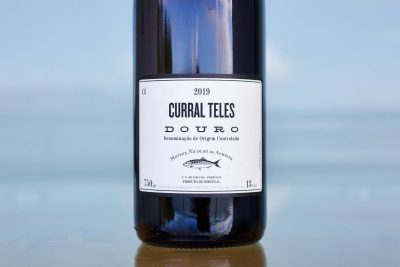 Mateus Nicolau de Almeida
Mateus Nicolau de Almeida
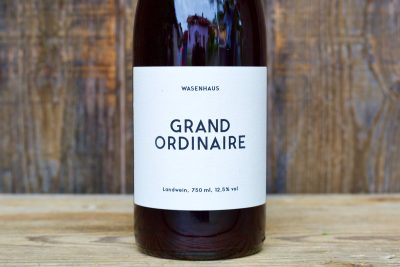
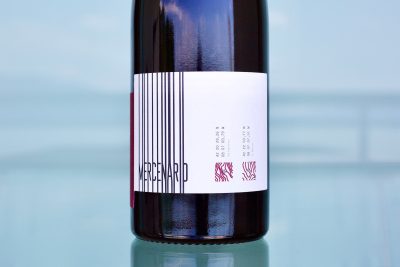
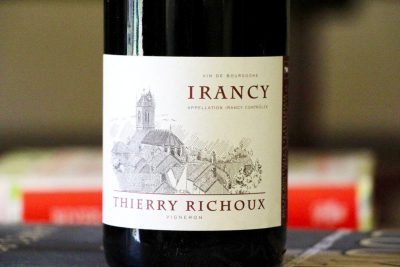

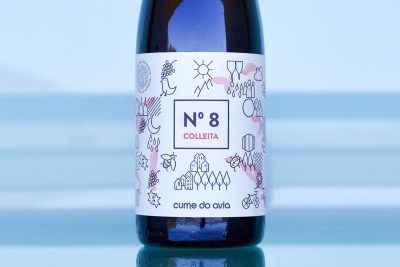
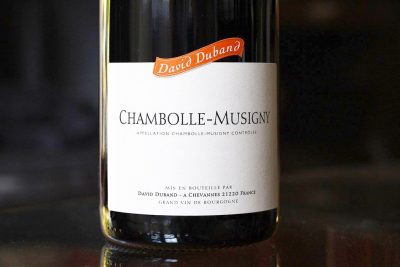
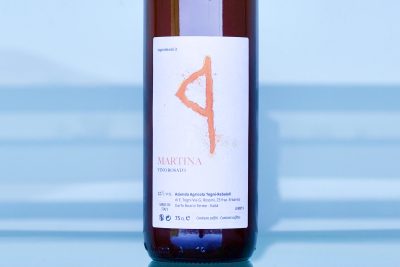
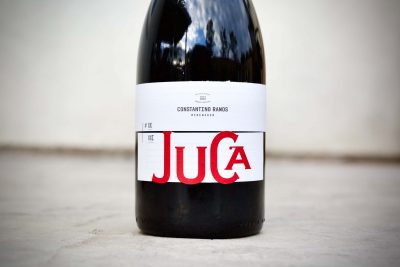

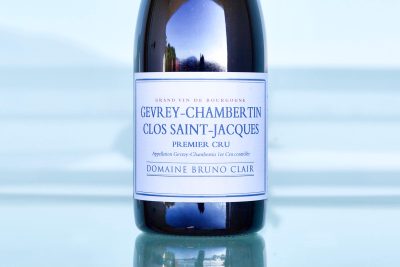
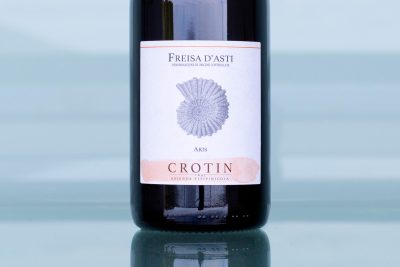
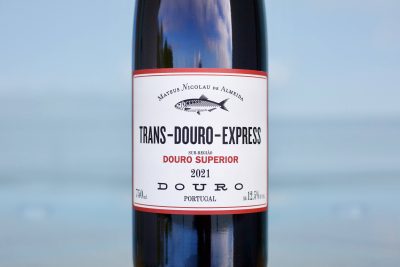 Mateus Nicolau de Almeida
Mateus Nicolau de Almeida
